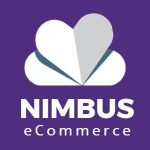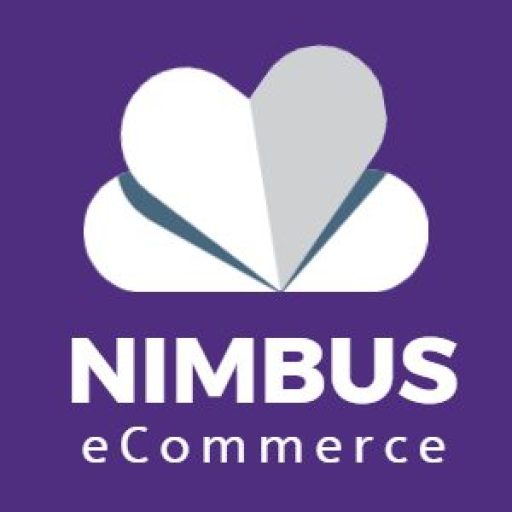10 Accounting Basics You Need to Know to Run a Successful E-commerce Business
Hey there, e-commerce entrepreneurs! Running a successful online business involves more than just selling amazing products. It\’s crucial to have a solid understanding of accounting principles to manage your finances effectively and avoid costly mistakes. As an experienced accountant specializing in Xero cloud accounting for the e-commerce industry, I\’m here to help you navigate the accounting basics that every Amazon and Shopify seller trading online internationally should know. So, let\’s jump right in and get your financials on track!
Separate Business and Personal Finances
One of the first steps in managing your e-commerce business\’s finances is to separate them from your personal finances. Open a separate business bank account and use it exclusively for your business transactions. This separation will make it easier to track your income and expenses, ensuring accurate financial reporting.
Example: Let\’s say you use your personal credit card for both personal and business purchases. By separating your finances, you can easily identify and track the business-related expenses, such as inventory purchases or advertising costs.
Track Sales Revenue and Expenses
To understand the financial health of your e-commerce business, you need to track your sales revenue and expenses. Keep detailed records of each sale, including the sale price, shipping costs, and any fees or commissions paid to the online marketplace. Similarly, diligently record all your business expenses, such as inventory costs, packaging materials, advertising expenses, and software subscriptions.
Example: Let\’s say you sell a product for $50 on Amazon, and Amazon charges you a referral fee of $5 and a shipping fee of $3. By accurately tracking these details, you can calculate your net sales revenue as $50 – ($5 + $3) = $42.
Understand Cost of Goods Sold (COGS)
COGS represents the direct costs associated with producing or purchasing the products you sell. It includes the cost of raw materials, manufacturing expenses, and any shipping or import fees. Accurately calculating your COGS is essential for determining your gross profit margin.
Example: If you sell handmade jewelry, your COGS would include the cost of beads, wires, clasps, packaging materials, and any shipping fees for sourcing materials.
Manage Inventory
Efficient inventory management is crucial for e-commerce businesses. Regularly track your inventory levels and ensure they align with your sales. Implement systems to identify slow-moving or obsolete inventory and consider using inventory management software that integrates with your accounting platform.
Example: If you sell clothing online, you should have a process in place to track the number of items sold, the quantity remaining in stock, and the reorder points for each product.
Share:
More Posts
Send Us A Message
Stay on Top of Sales Taxes
When selling online internationally, it\’s essential to understand and comply with the sales tax regulations of the countries you sell to. Research and determine your sales tax obligations in each jurisdiction and use a cloud accounting system like Xero to help automate sales tax calculations.
Example: If you sell to customers in the European Union, you may need to register for VAT (Value Added Tax) and charge the appropriate VAT rate based on the customer\’s location.
Keep Expense Receipts and Invoices
Maintaining organized records of your business expenses is vital for accurate financial reporting and potential tax deductions. Keep receipts and invoices for all your expenses, whether they are physical copies or electronic records.
Example: If you purchase packaging materials for your products, keep the receipts or invoices as proof of your business expense.
Understand Profit Margins
Profit margins determine the profitability of your e-commerce business. Calculate your gross profit margin by subtracting your COGS from your sales revenue, then divide it by your sales revenue to get the percentage. Tracking this metric helps you assess the financial viability of your business
and make informed pricing decisions.
Example: If your sales revenue is $10,000, and your COGS is $5,000, your gross profit margin would be ($10,000 – $5,000) / $10,000 = 50%.
Cash Flow Management
Effective cash flow management is vital for the sustainability of your e-commerce business. Monitor your cash inflows and outflows regularly, considering factors such as inventory purchases, advertising expenses, and payment processing fees. Implement cash flow forecasting to anticipate any potential cash crunches.
Example: If you know that your peak sales period is approaching, ensure you have enough cash on hand to cover increased inventory purchases and marketing expenses.
Reconcile Bank and Payment Processor Statements
Regularly reconcile your bank and payment processor statements with your accounting records. This process ensures that all transactions are accurately recorded, identifies any discrepancies, and maintains the integrity of your financial data.
Example: If your bank statement shows a payment from a customer that hasn\’t been recorded in your accounting system, it\’s crucial to investigate and rectify the discrepancy.
Seek Professional Guidance
While these accounting basics provide a solid foundation, seeking professional guidance from an experienced accountant or bookkeeper can be immensely valuable. They can help you navigate complex tax regulations, provide strategic financial advice, and ensure your books are accurate and up to date.
Example: An accountant specializing in e-commerce can assist you in optimizing your financial processes, identifying tax-saving opportunities, and providing insights to help grow your business.
Conclusion
Understanding these accounting basics is essential for running a successful e-commerce business. By separating your finances, tracking sales revenue and expenses, managing inventory effectively, staying compliant with sales taxes, and implementing proper cash flow management, you can ensure the financial health and growth of your online venture. Remember, seeking professional guidance can provide invaluable support and help you avoid costly mistakes along the way. So, roll up your sleeves, get your accounting in order, and set your e-commerce business on the path to success!
Have a look to find out more…


